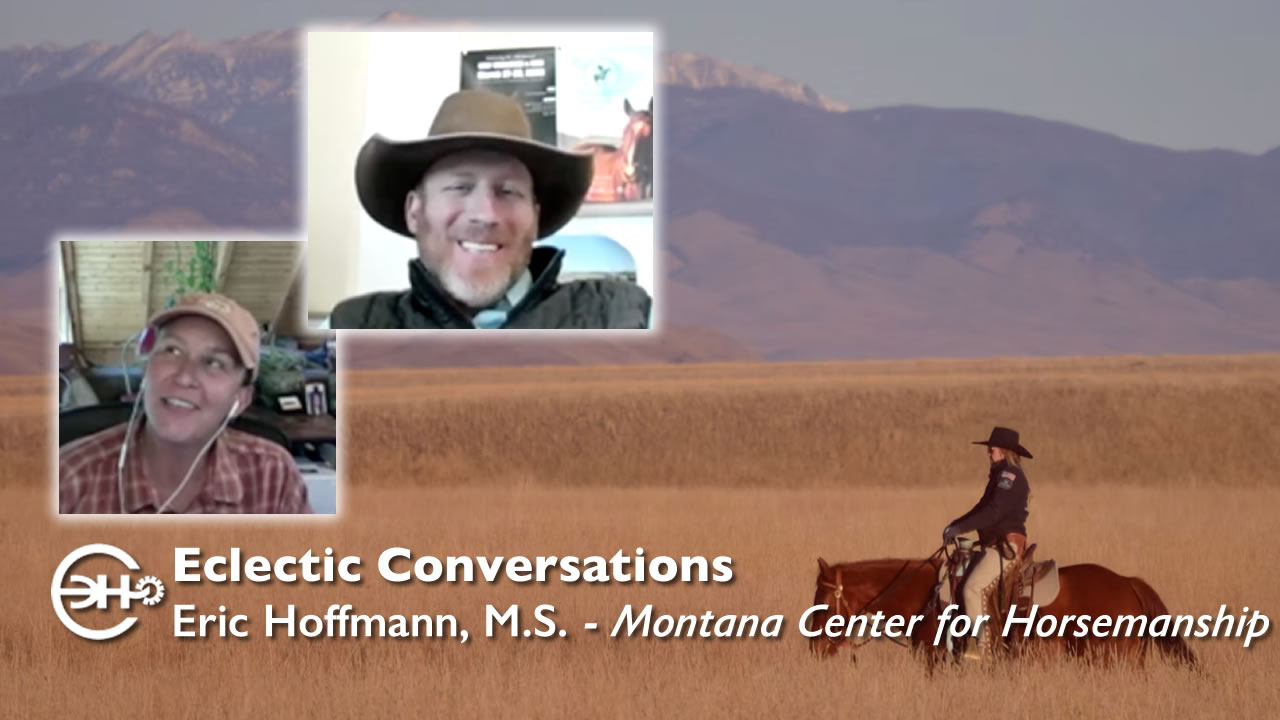In an interview, Emily Kitching speaks with Eric Hoffmann, the Montana Center for Horsemanship (MCH) head instructor. The interview focuses on MCH’s partnership with the University of Montana Western (UMW) and the unique approach to horsemanship education they offer.
MCH and University Partnership
The Montana Center for Horsemanship is a non-profit organization that partners with the University of Montana Western to provide the nation’s only bachelor’s degree in natural horsemanship. Founded in 2011, MCH serves as the facility for the university’s program, providing instruction and boarding for students’ horses. The program attracts a diverse student body, with about 70% of students coming from out-of-state, bringing their own horses from as far away as Maine, Florida, Hawaii, and Alaska.
The LaCense Method and Curriculum
The curriculum is based on the LaCense Method, a system developed by Mr. Kriegel, who also runs a sister school in France. While the French school focuses on English riding disciplines like jumping, MCH’s program is more Western-based. The core of the method emphasizes basic horsemanship fundamentals, focusing on groundwork and saddle exercises that give students control of a horse’s feet.
Hoffmann explains that the goal isn’t to train students for a specific discipline, but to provide a solid foundation that can be applied to any equestrian pursuit, from reining to three-day eventing. A key element of the training is understanding the mental aspect of horses and teaching students how to get a horse to enjoy its work. The program also offers students a choice of four different options for their degree: management, psychology, instruction, and science.
Student Development and Life Skills
Hoffmann notes that over his 18 years of teaching, he’s seen a shift in the student population from primarily ranch-based riders to those who may have only had a horse as a pet. He observes that the real value of the program isn’t just in teaching horsemanship techniques but in developing life skills such as problem-solving, patience, and perseverance. Unlike a traditional classroom setting where answers are often black and white, horses require a flexible, adaptive approach. Students must learn to deal with frustration and the fact that what worked for one horse may not work for another. Hoffmann believes these skills are transferable and benefit students regardless of whether they pursue a career in the equine industry.
Unique Programs and Career Paths
UMW also hosts a Colt Challenge and Alumni Sale, a year-long class where students work with and train donated colts. The program culminates in a competition and public sale. Hoffmann says the event’s success isn’t just about the sale price of the horses, but about the personal growth students experience as they learn to work together as a team, persevering through the challenges of training.
The program’s graduates go on to various careers. Many enter the equine industry, often with a dual degree in business. Others become instructors or work in equine-assisted therapy, particularly those who focus on the psychology option. The science track is becoming more popular, with an increasing number of students gaining acceptance into vet schools. Hoffmann attributes this success to the hands-on experience students get with horses, which provides them with a crucial advantage in the veterinary field. The university’s block program, where students take one class for 18 days, also helps them focus and succeed.
Learn More:
Montana Center for Horsemanship
University of Western Montana


